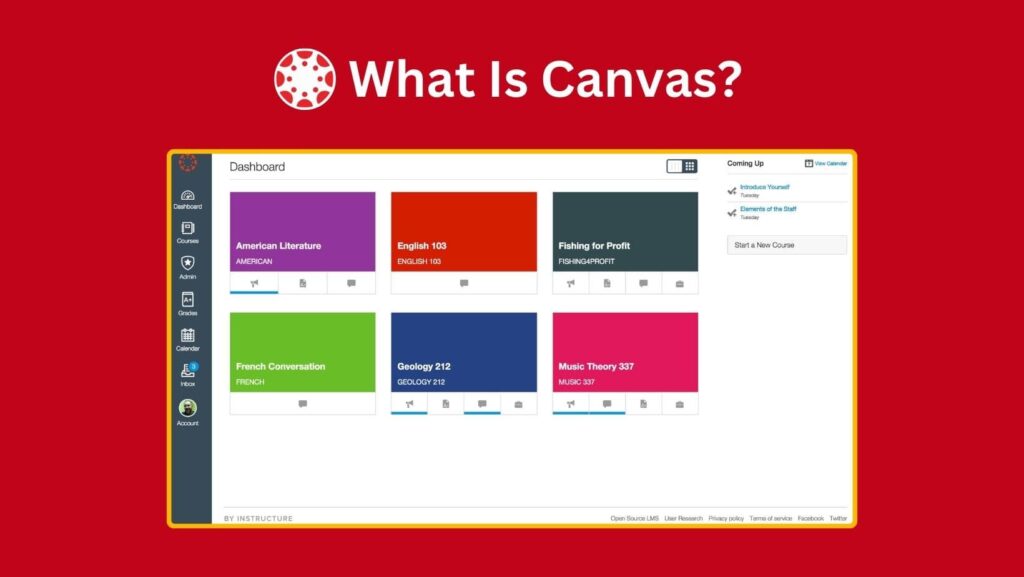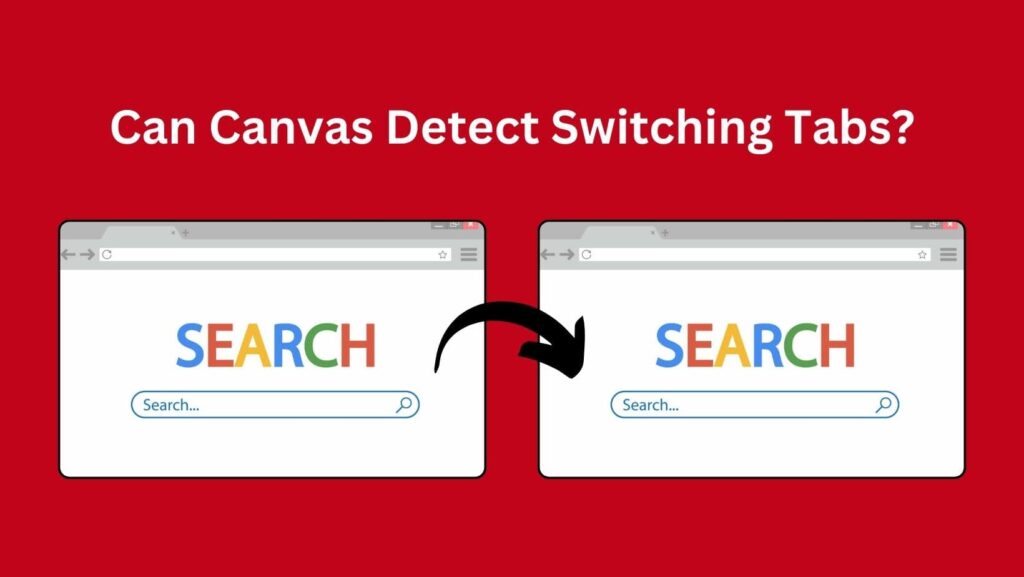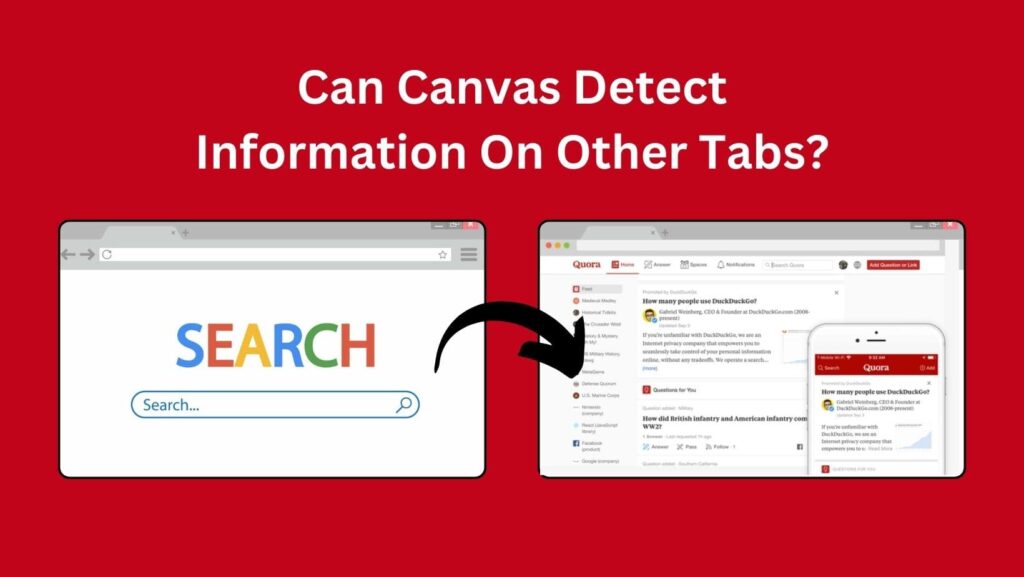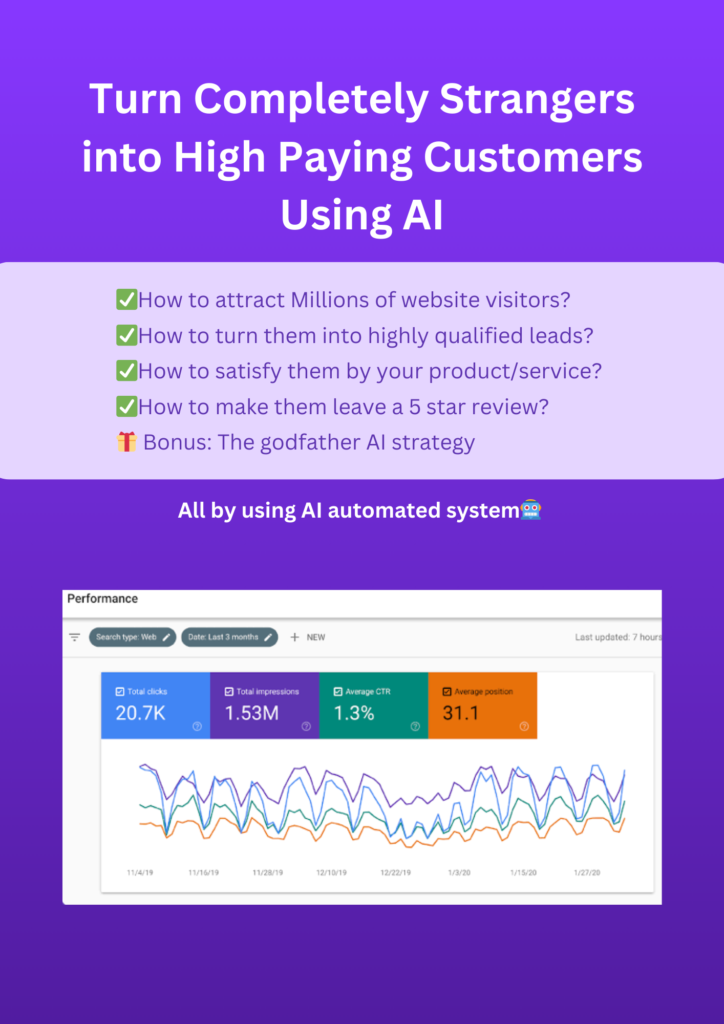Introduction

Are you wondering about: “Can Canvas Detect Switching Tabs?”
This intriguing question lies at the heart of modern web browsing, where users navigate through multiple tabs effortlessly.
In this digital age, where privacy concerns are paramount, the capabilities of web technologies often raise eyebrows.
As we delve into the intricacies of browser behavior, exploring the extent to which Canvas, the tool many schools use for online exams, can detect tab switching becomes imperative.
Join me on a journey to uncover the mysteries behind tab detection and its implications in this article.
Key Takeaways:
| Features | Description |
|---|---|
| Can Canvas Detect Tab Switching? | Yes, especially with proctoring software. Canvas itself can't directly detect it unless the exam is monitored closely. |
| Can Canvas See What's in Other Tabs? | No, Canvas cannot see the content of other tabs. |
| Can Teachers See Other Tabs? | No, not with Canvas alone. Some proctoring software integrated with Canvas can monitor student activity. |
| Limitations of Canvas Detection | * Limited sight (only sees its own page) * Difficulty distinguishing tab switching from normal activity * Browser privacy restrictions * Incompatibility across browsers |
| Bypassing Detection Methods | * Alt-Tab switching (risky with proctoring software) * Incognito mode (doesn't guarantee invisibility) * Second screen (detectable by some proctoring software) * Browser extensions (unethical and risky) * Offline cheat sheets (allowed if following exam rules) |
What Is Canvas LMS?

Canvas LMS is an online classroom, but instead of desks and lockers, it has digital folders and discussion boards.
Teachers can upload all the class stuff there, like assignments, quizzes, and even practice exams.
Students can log in to see their grades, download study guides, and chat with classmates or the teacher about anything tricky.
Now, to make sure exams are on the up-and-up, Canvas LMS can be like a super exam proctor.
It can time tests strictly, block students from cheating, and even keep an eye on things like their mouse movements.
If someone tries to leave the exam page for too long or their mouse starts zipping around like a scared cat, Canvas LMS might flag it for the teacher to review.
This helps keep things fair for everyone – no sneaking peeks or Googling answers during tests.
But the question is “Can Canvas Detect Switching Tabs?”
Can Canvas Detect Switching Tabs?

Yes, Canvas can indeed detect switching tabs, especially when coupled with proctoring software for online exams.
It’s locking a door with multiple keys.
While Canvas itself doesn’t come with a built-in feature to spot tab-switching antics, when integrated with proctoring software, it becomes as straightforward as setting up a Netflix account.
This combination allows teachers to wield the power to block students from wandering off to other tabs during exams, keeping a watchful eye on their online activity.
But what if the exam isn’t proctored?
Here’s where things get interesting.
The answer is a bit of a mixed bag.
Canvas alone won’t raise a red flag if you’re toggling between tabs, but savvy teachers might catch on by noticing clues like how long you’re spending on each question or sudden jumps in answer quality.
It’s like piecing together a puzzle from little clues scattered around.
Can Canvas Detect Information On Other Tabs?

So, you have got the answer to the question: Can Canvas Detect Switching Tabs During Exam?
But now you might be pondering, “Can Canvas spy on what’s going on in those other tabs?”
Well, here’s the scoop.
When you hop from one tab to another during an exam, Canvas might shoot you a warning message, reminding you that the exam is being watched.
But the thing is – Canvas can’t really detect what you’ve got open in those other tabs.
Say you’ve got your digital notes or a YouTube video running on the side – Canvas won’t bat an eye.
It’s like having your own secret hideout while everyone’s busy in the main room.
So, feel free to tab-hop all you want, but remember, Canvas might still keep an eye on how you’re navigating the exam itself.
It’s just like a teacher who can only see what’s happening in the classroom, not what’s going on outside the window or under your desk.
How Does Teacher View Other Tabs In Canvas?

Yes guys! it’s 100% posible for teacher to detect what you have opened in those other tabs.
Here’s how teacher do this:
- ProctorTrack: Integrates with Canvas through LTI and offers a “secure exam browser” that can limit access to other websites and applications during the exam.
- Proctorio: Provides a browser extension that integrates with Canvas and can lock down the testing environment, record student webcams and screens, take screenshots, and use AI to detect suspicious activity.
- ExamSoft: Offers a comprehensive assessment management platform that integrates with Canvas and allows for secure lockdown browsers, recording, and identity verification.
Canvas Limitations In Detecting Tabs Switching
1. Limited Sight: Canvas can only see what’s happening on its own page. It can’t peek into other tabs or what’s happening in the browser itself. So, it’s like having blinders on – it can’t see beyond its own little world.
2. Samey Look: Even on its own page, Canvas can’t tell the difference between changes caused by switching tabs and regular updates. It’s like trying to spot a needle in a haystack – everything looks pretty similar.
3. Privacy Walls: Browsers these days are all about keeping your info safe. They put up barriers that stop Canvas (which uses JavaScript) from snooping on other tabs. It’s like having a locked door – no peeking allowed!
4. Messy Mix: Even if you find a way around these barriers, different browsers like Safari might not play nice. They might handle tab stuff differently, making it hard to build something that works smoothly on all of them. It’s like trying to build a sturdy house with shaky foundations.
How To Bypass Canvas Detection When Switching Tabs?
1. Alt-Tab Shuffle:
One popular move is using the “Alt-Tab” shortcut to quickly switch between tabs without triggering Canvas’s detection.
Just like flipping through pages of a book – smooth and quick, if you’re good at it.
But be careful, as some proctoring software might catch on to this trick.
2. Incognito Mode Maneuver:
Another tactic is to use your browser’s incognito or private browsing mode.
This way, Canvas might not be able to track your tab-switching activity.
It’s like you’re putting on an invisible cloak – you think you’re hidden, but you’re not completely invisible.
3. Second Screen Sneakiness:
For those with a second monitor or screen, keeping Canvas open on one and using the other for browsing can seem like the ultimate cheat code.
Keep a secret window open while everyone’s focused on the main door.
Just be cautious – some proctoring software can also detect multiple screens.
4. Browser Extension Escape:
There are browser extensions out there that claim to help students dodge Canvas’s detection.
These tools might promise to block notifications or disguise tab-switching activity.
In addition, using tools such as shadowsocks can add an extra layer of privacy by masking your online activities, though it’s important to consider the ethical implications of using such methods.
Remember, using these can be risky and against academic integrity policies.
But remember, using these can be risky and against academic integrity policies.
5. Offline Cheat Sheet:
Finally, some students resort to old-school methods, like printing out notes or creating cheat sheets before the exam.
With these by your side, you can reference them without ever needing to switch tabs.
Just make sure you’re not breaking any rules!
Conclusion
So, there you have it – a deep dive into the question “Can Canvas detect switching tabs during exams?”
From understanding how Canvas works to exploring ways to bypass its detection, we’ve covered a lot of ground.
But before we wrap up, let’s remember the importance of integrity in academic settings.
While the temptation to cheat may be strong, it’s crucial to approach exams with honesty and fairness.
After all, the true value of education lies in the knowledge and skills we gain through genuine effort and dedication.
So, let’s stay true to ourselves and strive to excel through our own hard work.
FAQs
Q1. Can Canvas detect switching tabs during an exam?
Yes, Canvas can detect tab switching, especially with the help of proctoring software. However, it might not directly flag you for it unless the exam is being closely monitored.
Q2. What if I use incognito mode or private browsing?
While using incognito mode might hide your browsing history from Canvas, it doesn’t necessarily prevent tab switching detection. It’s still best to avoid such tactics and focus on honest exam-taking.
Q3. Are there any limitations to Canvas’s tab-switching detection?
Absolutely. Canvas can only monitor activity within its own page and cannot directly access information from other tabs. Additionally, browser privacy settings can hinder its ability to track tab switching accurately.
Q4. Can teachers see what I’m doing in other tabs through Canvas?
Generally, no. Canvas is limited in its ability to monitor other tabs. However, some proctoring software integrated with Canvas might provide teachers with insights into students’ online activity during exams.
Q5. Is it possible to bypass Canvas detection when switching tabs?
While there are methods students might try, such as using keyboard shortcuts or browser extensions, it’s important to remember the ethical implications. Cheating undermines the integrity of education and can have serious consequences. It’s always best to approach exams with honesty and integrity.

